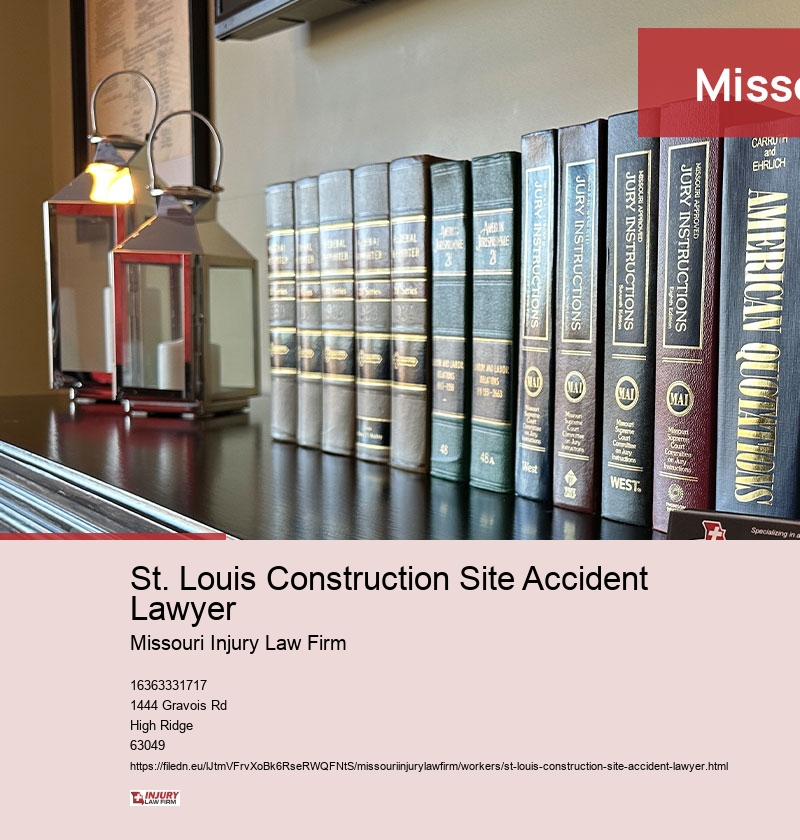St. Louis Construction Site Accident Lawyer
The Risks of Construction Sites in St. Louis
Construction sites are among the most hazardous environments, where injuries often occur due to slips, equipment accidents, electric shocks, and structural breakdowns. In St. Louis, where construction is a significant sector, safety breaches and oversight frequently lead to severe worker trauma. These situations not only cause corporeal harm but also financial and emotional suffering, often leaving workers unable to return to work. Guidelines set by the Occupational Safety and Health Administration (OSHA) are meant to protect employees, but many businesses fail to comply, leading to avoidable incidents. Determining who is at fault is often complicated, as liability can fall on general contractors, third-party workers, machinery suppliers, or site proprietors. The litigation for seeking compensation varies, with injured workers needing to choose between submitting a compensation case or initiating a third-party lawsuit. insurers often attempt to cut settlements, making expert legal help necessary to ensure injured parties recover the damages they are deserving of.
St. Louis Construction Site Accident Lawyer